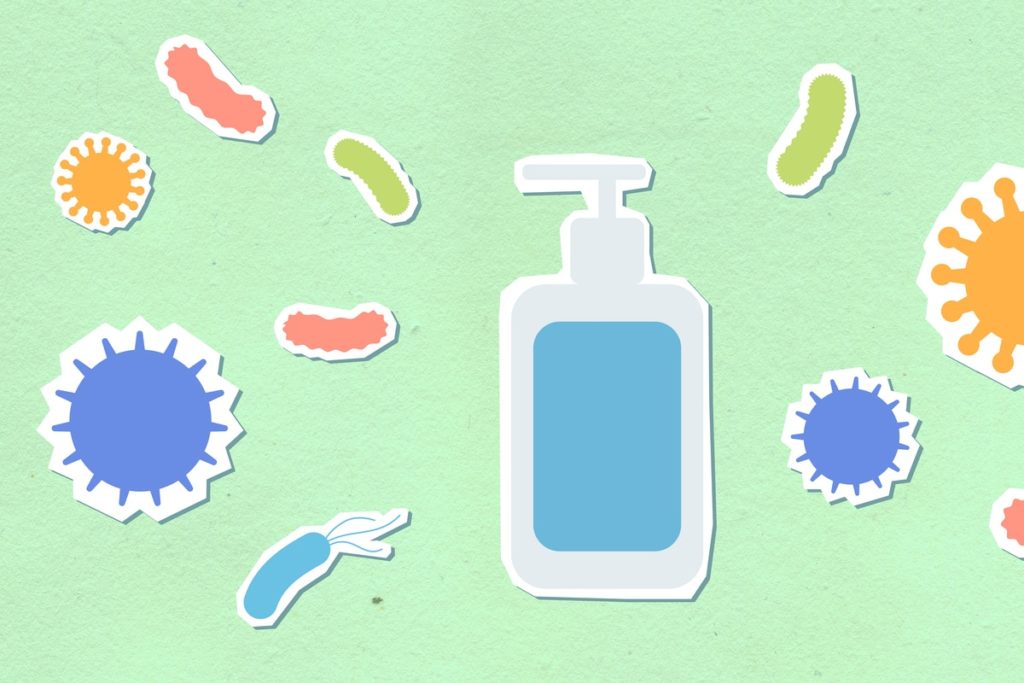Hidden Bacteria: 5 Kitchen Areas with Unseen Bacterial Growth

Areas of food preparation must also be areas of flawless food hygiene practice. Food businesses have a legal requirement to meet the national standards for food safety. Often, staff properly maintain and clean the obvious kitchen surfaces. However, it is often in unexpected areas where hidden bacteria thrive and can create serious and even life-threatening issues. Whilst it is by no means exclusive, here is a list of 5 Troublesome Kitchen Areas in which bacteria often multiply.
1. Cleaning materials
Wipe cloths, sponges, towels, mops and other cleaning paraphernelia are often themselves a source of bacteria. A damp cloth is a holiday camp for bacteria. After multiplying there, it will then be wiped onto surfaces or transferred to hands and utensils. You should change cloths, sponges and other cleaning items regularly, or use eco-friendly disposables.
2. The back of the sink
Sinks suffer from ‘shiny syndrome’, as their main surfaces and washing areas often appear clean. However, you will likely not properly clean the edges of the sink or the grouting, where the sink meets the wall. These areas are regularly wet, warm and damp. So, combined with the possibility of being splashed with food waste, they can quickly become a hot zone for bacteria. You should outline these areas in your ‘clean as you go’ policy.
Chopping boards
It is easy to forget the edges and undersides of a chopping board. However, when you cut meat or vegetables, the liquids produced will often find a way into nooks and crannies. These neglected areas are often ‘breeding grounds’ for bacteria, so ensure that they are properly dealt with by your staff.
Utensil holders
You must regularly disinfect and clean drawers, magnetic knife strips, cutlery holders and other forms of utensil storage. When you store items here, they are often already cleaned. Often, this creates a false sense of security. However, as with all areas of the kitchen, splashes, spillages and hidden bacteria can affect these ‘clean’ zones.
Fridge seals and drawer runners
Refrigeration only slows the growth of bacteria, it does not stop it. Door seals, drawer runners and shelf edges in a fridge have the potential to harbour dangerous bacteria. This often happens when businesses have a poor food storage policy. They do not implement proper safe storage practice. Consequently, poorly packaged raw meats, for example, turn the fridge into a hazard zone. However, a dirty fridge is not exclusive to those businesses who do not store food properly. Over time, contamination of the fridge will occur, no matter how well you store food; you need to stay on top of it.
These are general rules for success in the fight against bacteria. In order to properly educate your staff in good food hygiene practice, you should train them to the appropriate Level of Food Hygiene Training.
